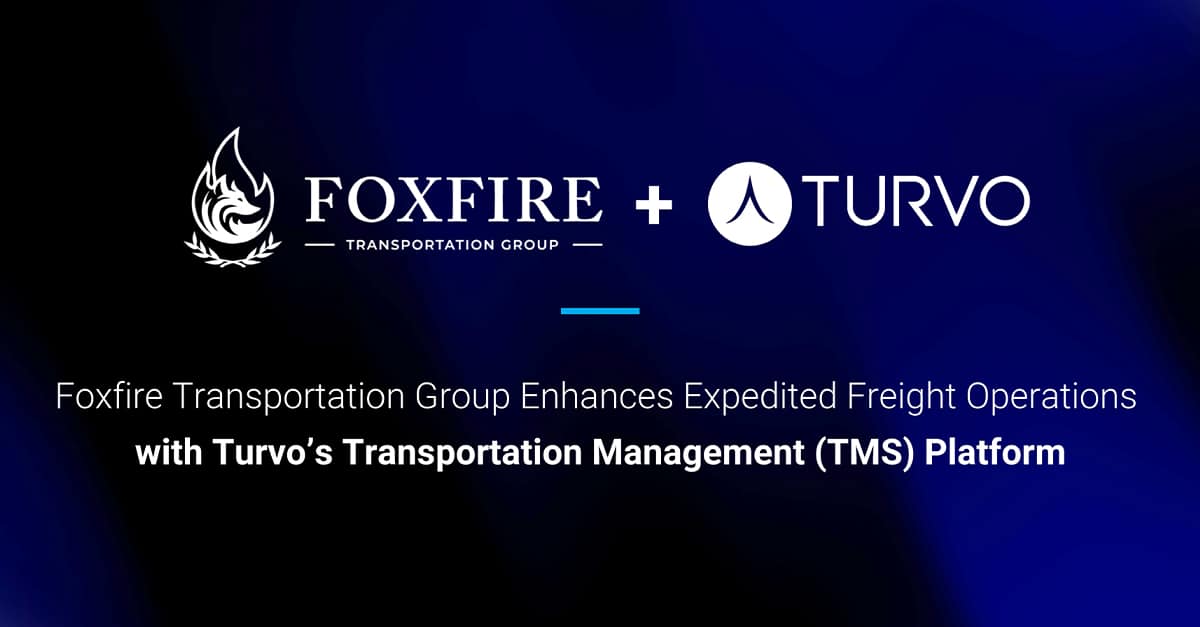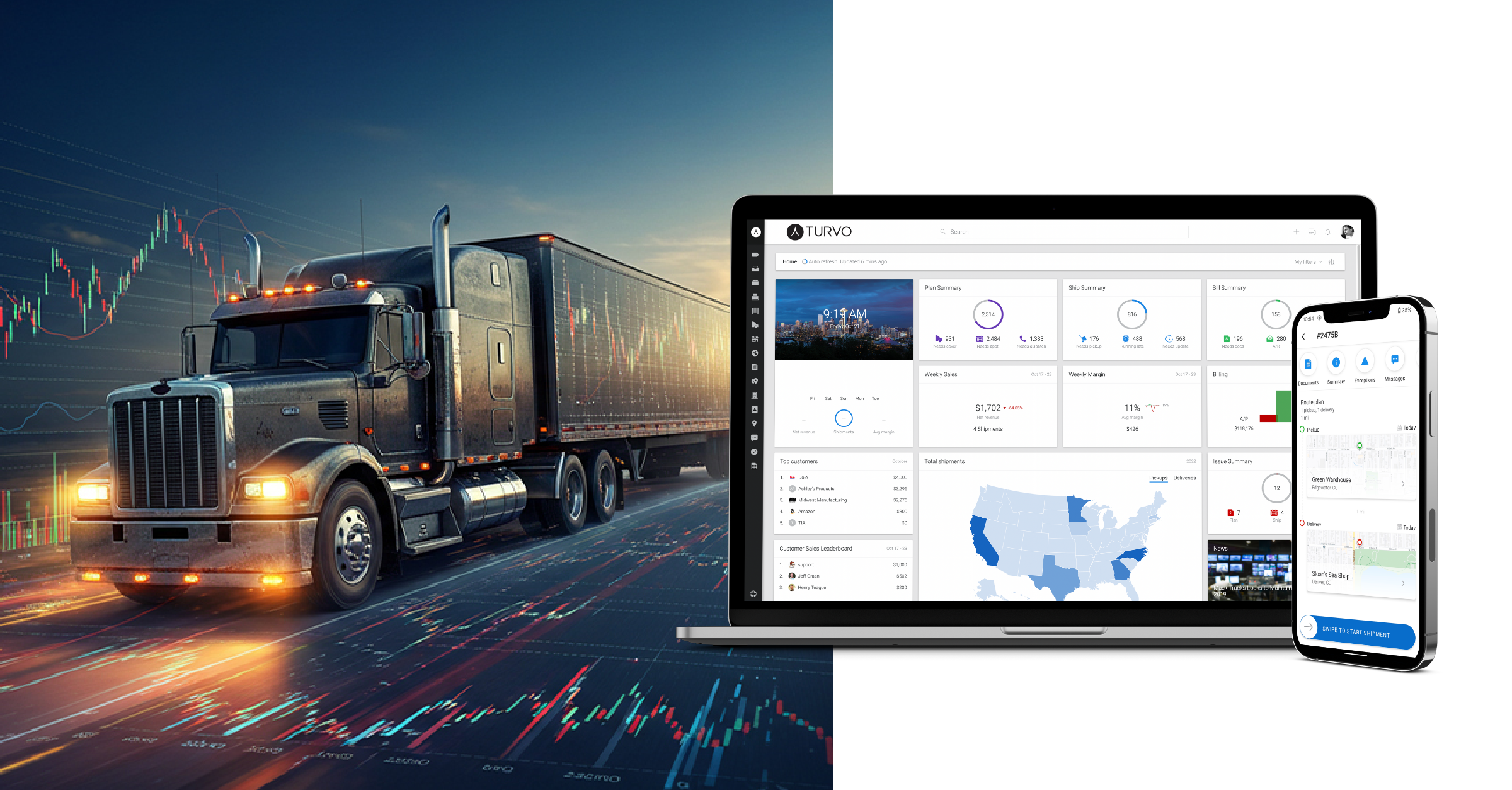Shipping spot rates that rose dramatically during the pandemic have come back to earth, with current levels down over 80-90% from their 2021 highs and prices back to their pre-COVID levels. These plummeting spot rate prices on 40-foot equivalent units (FEUs) for most international routes have struck shippers hard, with some quotes falling below $1,000 after being over $5,000. The volatility has continued into 2023, which may prove to be another rough year, as some long-term contracts will expire and be replaced by new deals featuring the lower spot rates currently offered.
The falling spot rates affect shipping companies’ bottom lines, as they have less money to spend to ensure their business runs at optimum efficiency, making it harder to stay competitive. The volatility is forcing logistics professionals to do more with less throughout the supply chain, increasing the need for collaboration among all stakeholders as revenue and profitability shrink for companies, especially with the threat of recession looming. Companies that insist on the old ways of doing business may be overwhelmed, so now is the time to cooperate with other supply chain partners to share visibility and data. Turvo’s collaboration transportation management system helps alleviate concerns and allows companies to get through these disruptive times. This article will explain how a transportation management system needs strong collaboration between all parties to thrive — and how Turvo provides that service, which is proving more important now than ever.
What is TMS in a Supply Chain?
A transportation management system (TMS) incorporates technology to help logistics businesses plan and execute the movement of merchandise. The software system should offer cloud-based services and mobile apps to handle supply chain logistics better, assisting the process of moving freight to run more efficiently and cost-effectively. A robust TMS streamlines the end-to-end supply chain process and optimizes growth by reducing freight expenses, improving warehouse efficiency, and preparing the proper planning of routes. Overall, a TMS software system is essential for visibility throughout all supply chain operations. It automates tedious tasks, allowing time to be spent in other areas.
True, a TMS might have its challenges, but the technology from a collaborative TMS takes the system to new heights and leads to increased levels of customer service, reduced costs, and less wasted time. Providing communication is where Turvo shines, and its collaborative transportation management system (CTM) helps supply chains flow even more efficiently by getting all stakeholders on the same page, sharing data, and providing real-time tracking that can be analyzed to improve the entire process.
How Does a TMS Supply Chain Streamline Shipping Collaboration?
In these changing, often unstable times, an efficient TMS system with clear, concise communication between all parties streamlines the shipping process. The complete visibility shared along a single platform leads to more efficient coordination, planning, and execution for everyone. With all parties privy to one central source for data, collaboration takes the strain off businesses by allowing them to focus on other areas of their business that may need more attention. Here’s how the supply chain runs smoother when all communication systems are clicking:
Intuitive Integration is Essential
Technology integration is a must for current times. Companies that have siloed information among their departments ask for trouble if one tech silo breaks down. A breakdown results in information not being shared properly and leaves no other options for the company. With proper collaboration, siloed data is useful. What good are valuable insights derived from data analytics if users can’t share them throughout the system quickly and efficiently? Non-compatible systems mean shippers have to turn to inefficient, outdated communication.
Turvo can quickly implement and integrate a seamless system to share data among all stakeholders. Its system gets everyone using one platform to connect the logistics infrastructure properly. Collaborative TMS allows for the easy use of third-party apps to be integrated into the existing tech stack of a company. The visibility sharing means all parties may now send and receive valuable intelligence through sharable links, which cuts down on delays and costs and makes the process run more efficiently. With the most relevant data available in one spot, all stakeholders see what works for them. They can further integrate what works best and eliminate anything that isn’t furthering their business’s goals.
Improved Communication Leads to Wins for Everyone
Communication is of the utmost importance for a collaborative TMS to work correctly. In these volatile times in the transportation industry, it is vital for logistics professionals to be able to communicate with each other, whether appraising each other of some time and cost-saving techniques or alerting each other instantly once an issue arises. Outdated methods of communication, such as emails and even phone calls, can be too slow and cumbersome. These ways take too much effort when time is of the utmost importance — when even phone calls can slow operations down as they require both sides to be able to talk at that instant. By the time both parties are on the same page with these antiquated methods, it may be too little, too late, as someone might have forgotten crucial information.
Cloud-based technology and mobile apps offer a quicker way to integrate technology and allow for data sharing for what is most convenient for everyone. With the clear communication working collaboratively along the supply chain provides, the entire network shares complete visibility every moment with just the click of a button. This is extremely important as logistics professionals must be able to communicate with each other at all times. A collaborative TMS puts communication first, building trust and relationships and offering visibility insights with real-time notifications that keep the supply chain up-to-date. Delays, mistakes, and wasted time are reduced, leading to better customer satisfaction as real-time updates keep customers informed about their shipments. Turvo helps your system use sharable links that provide instant insights, and information will be flowing throughout the supply chain lifecycle. And your communication possibilities will grow as Turvo works with your business to provide scalable networks to foster future collaboration.
Configurable Reporting Simplifies Performance Sharing
Key performance indicators (KPIs) are an essential part of what comes along with a more communicative TMS. Collaboration helps keep performance strong across the board. With configurable reporting, shippers can customize analytics with all partners in the supply chain. KPIs can be kept track of at all times to analyze trends and measure success in real-time to see how external and internal processes are faring. All parties can review data and documents to measure growth and identify potential issues. Sharing performance data holds each party accountable because it measures how well they execute. Success is measured along performance and growth metrics, helping workers become more efficient and live up to their potential. Supply chain shippers can customize the reports to their needs and discover valuable opportunities to optimize the supply chain process.
The use of shared data analytics reduces confusion, uncovers possible risks, and helps everyone recognize strengths and weaknesses across the entire network. Configurable reporting means that each party gets the exact, super-specific information they need to delve into the data to discover trends. They may share this data with partners and customers to ensure that all parties get the most bang for their buck. Simply put, configurable reporting helps with better communication and collaboration along the entire supply chain, leading to better-informed decisions, faster problem-solving, and accountability by all parties as they work together – a must for shippers facing plummeting spot rates that are encouraging more cooperation among all stakeholders.
Facing Volatile Times, the Transportation Industry Chooses Turvo
The business world is facing challenging times. The threat of recession is real, as some of the largest companies in the world continue to lay off workers by the thousands. Companies are looking for answers to their problems, trying to prevent a loss of revenue while still offering top-notch customer service. These worries are being felt throughout the shipping industry. International route spot quotes are plummeting and are back at levels last seen three years ago in pre-COVID times. The massive decline in spot rates since 2021 is expected to continue in 2023, and anyone not looking for cooperative solutions will need help to stay afloat.
In these volatile times, Turvo offers the answer. When you work with Turvo, you benefit from partnering with the No. 1 modern supply chain solution. Turvo’s collaborative transportation management systems will open up doors for you that will make waves throughout the industry. Turvo will help your company engage in clear communication through technology such as cloud-based systems and mobile apps that allow everyone along the supply chain to communicate instantly. Its real-time visibility offers a clearer picture of what is working in your company and what areas need assistance. This is not the time to fool around with old-fashioned methods of communication. All parties need to be on the same page and be able to share data quickly and efficiently for the good of all stakeholders. Schedule a demo with Turvo and glide through these choppy waters with confidence.









